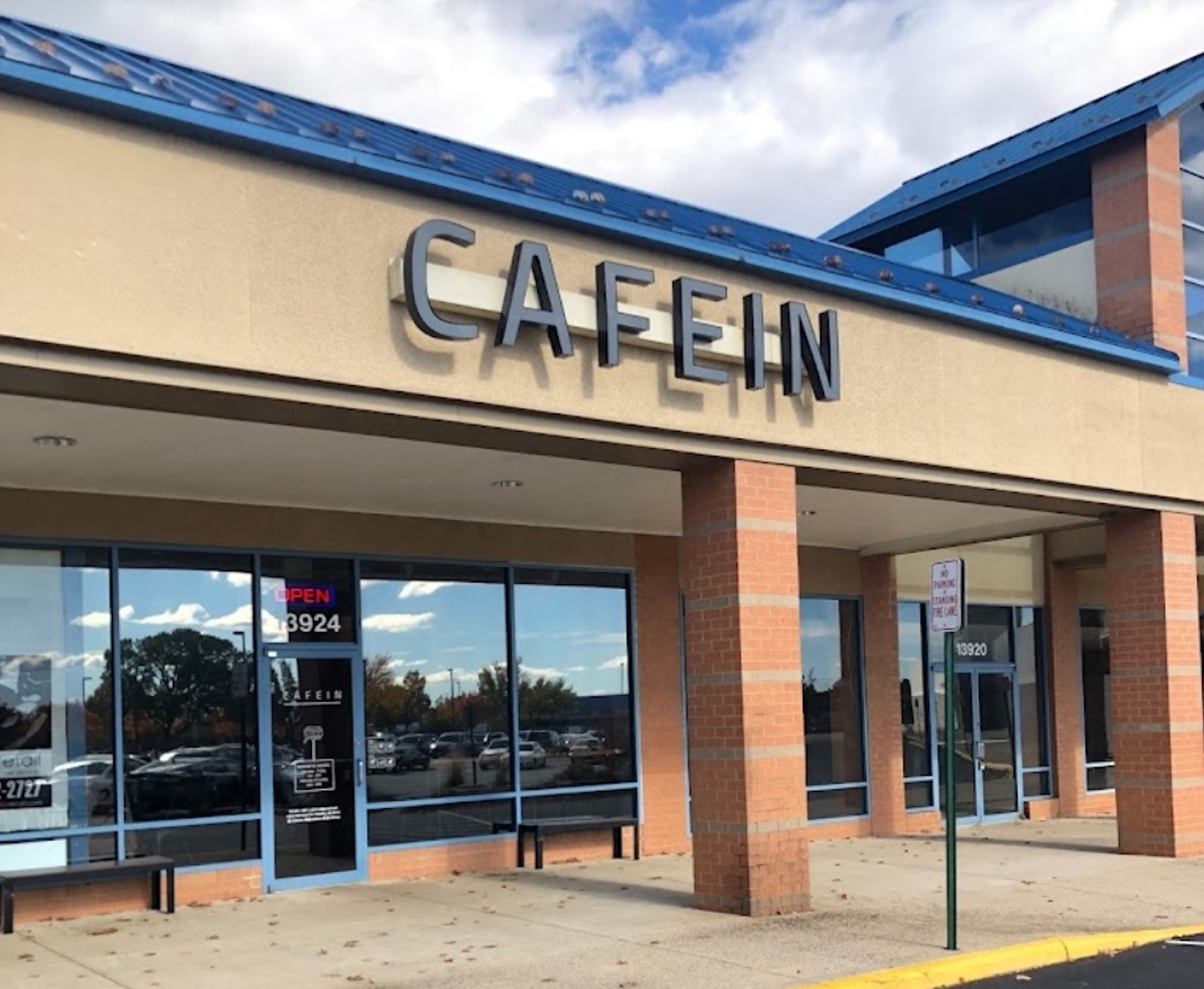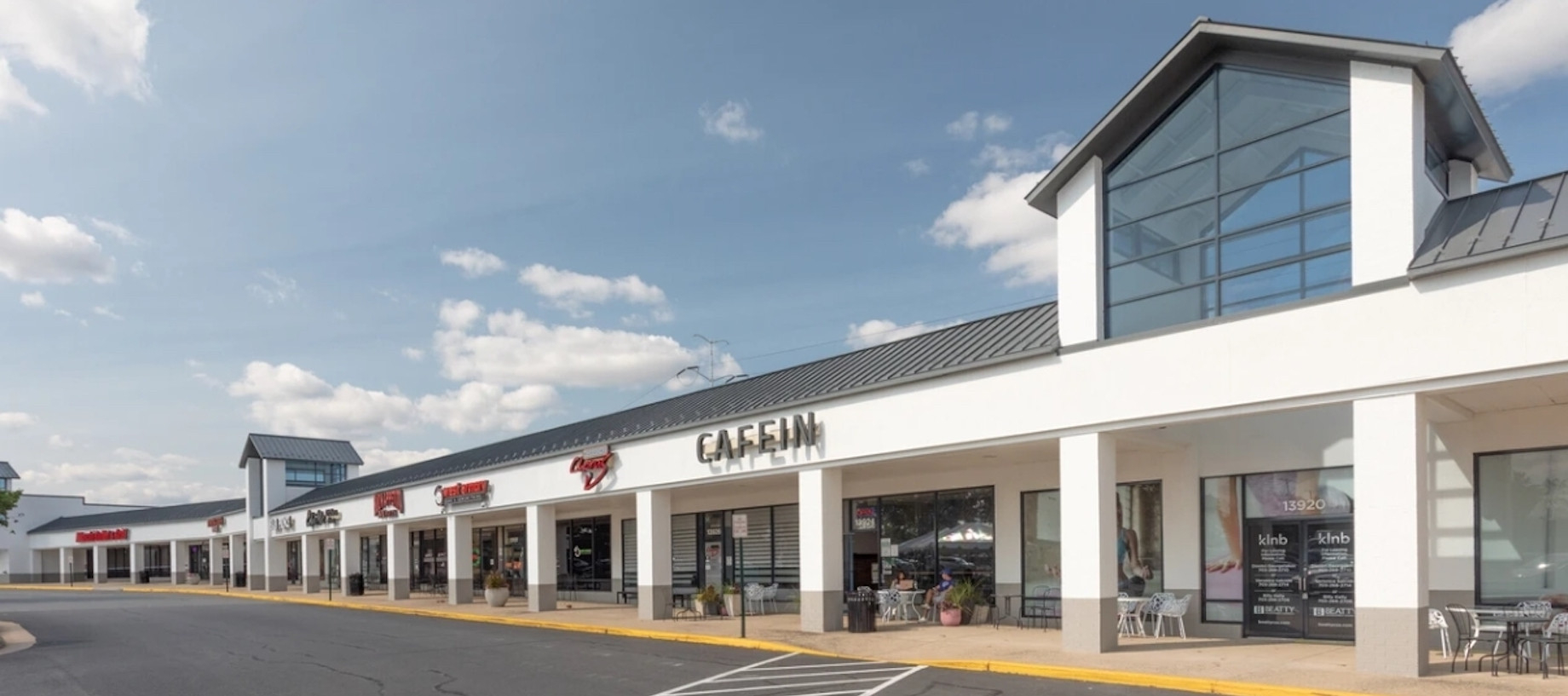Nearly every shopping center has at least one of those hard-to-lease spaces. Certainly, the pandemic didn’t do landlords any favors, either, as stores vacated and tenants reconsidered their leasing strategies.
Leasing professionals admit that some spaces always will prove harder to lease than others, and in the post-pandemic environment, both landlords and tenants will have to find common ground in their expectations. Retailers are trying to eliminate as much risk associated with new stores as possible, said Mike O’Neill, vice chairman of retail services in Cushman & Wakefield’s New York office. That means they’re looking for spaces with existing infrastructure or that don’t present a material amount of capital risk, he said. In other words, spaces with major construction unknowns or no existing infrastructure are incredibly challenging to lease today.
Retailers’ risk-averse nature also comes into play with the markets they’re looking at. “The majority of retailers are very focused on basically a sure thing as opposed to looking at a more pioneering market or something that is considered more secondary or tertiary in nature,” said O’Neill. “While maybe you can achieve more favorable economic terms, there is greater risk because they are a bit more unknown from a sales-performance perspective.”
Some spaces always have proven difficult to lease thanks to their locations. “In the neighborhood or community center side of retail space, the hardest spaces to lease are those that are midblock in unanchored and older centers,” said MacKenzie Retail executive vice president and principal Tom Fidler. “Many of the neighborhood strip centers that were built some 25 to 30 years ago are very deep spaces, so when you have a center like that — and I am talking a 15,000- to 20,000-square-foot strip center, midblock with limited access, not on a signalized corner, with no anchor, your traditional pizza shop, nail shop and dry cleaners — those bays have been sitting vacant for quite some time.”
KLNB senior vice president Billy Kelly, who works with grocery-anchored centers in Northern Virginia, noted: “The hardest spaces to lease in a shopping center are typically the corner or crotch spaces and breezeway spaces because of their lack of visibility, they are typically the furthest away from parking, and the tough configuration of the space itself.”
Bank branches also are proving more difficult to lease, as consolidation has put a number of these buildings on the market. “They are special-use buildings built for banks, so obviously the re-lease is to put another bank in there or some sort of quick-serve restaurant that can utilize a drive-thru,” said KLNB principal Phil Ruxton. “But it has to be a market where they want to be, and it has to work. If you don’t get one of those, then you have got a real challenge on your hands and you get creative. In many cases, you have got to scrape them and maybe assemble them with the properties next door or just close off the drive-thrus and turn it into retail space for maybe a lower-paying retailer.”
Larger shopping centers and power centers with 4,000- to 8,000-square-foot spaces also are challenging. “That size space seems to be the one that is at the bottom of the [list] for what retailers are going with today,” said Fidler. “COVID has taught us that retailers have got to figure out how to do more with less space, so space/size demands have shrunk and the category of tenant prospects for that 4,000 to 8,000 square feet has probably been cut in half. There just are not many out there doing that size requirement anymore.”
Another challenging category: second-generation restaurants. Those that survived the pandemic and the change in the economy are doing well, Fidler said, but the former restaurants with outdated infrastructure are hard to re-lease. The standards required for food delivery, food service, food prep and point of sale have escalated to the point that it can be cheaper to gut and rebuild than to salvage the infrastructure. “The Subway buildout from 10 years ago makes no sense anymore,” he said.
Fidler also cited freestanding restaurants that have gone dark due to “brand death,” such as Ruby Tuesday: “Many of those buildings are 6,000 to 7,000 square feet-plus. You don’t see any prospects in that size category for full-service, sit-down restaurants right now. That industry has gone through its own regentrification, and they are more targeted on 4,500- to 5,000-square-foot buildings — again, doing more with less, adding Uber Eats space, customer delivery spaces and pickup spaces. They just don’t want a restaurant with 280 seats anymore. You really want 180 to 200 seats.”
Gyms and fitness centers in the 10,000- to 12,000-square-foot range also are more challenging to re-lease than they were pre-pandemic, according to St. John Properties vice president of retail leasing Bill Holzman, whose company’s recent development focuses on residential and retail mixed-use properties around the business parks it owns. “That was the size that you would see the larger apparel stores and shoe stores taking, and they are all going in different directions,” said Holzman. “We are now looking at backfilling those with assembly-type uses or nontraditional retail uses, maybe more medical retail that requires a larger parking field.”
Overcoming Challenges
Landlords thus have had to become more open-minded. “We have seen more flexibility from landlords by and large post pandemic, but I think that is starting to shift as demand has really ratcheted up, especially among the top-tier centers throughout the country and on many of the notable high streets,” said O’Neill. “The pendulum has certainly shifted, whereas throughout 2021, it was really undeniably a tenant’s market. … It is a much more balanced dialogue today from a negotiation perspective.”
He reiterated, though, that retailers do need to mitigate risk in order to commit to space. “Where we found success is when we are able to negotiate in a level of flexibility that allows retailers to have downside protection, and that often comes in the form of termination rights,” said O’Neill. “Creating lease-term flexibility has become more prevalent and has been additive from a dealmaking perspective because it allows retailers with a means to mitigate risk to the extent the store is not performing.”
Landlords also are refreshing well located centers and accepting lower rent on others. “We’ve had clients raise roofs and cut out the back 20 feet of spaces, but the typical solution is to adjust rent,” said Jim Parrack, senior vice president leading the retail and multifamily divisions of brokerage firm Price Edwards. “Often, these types of centers are in increasingly less-desirable areas, which just compounds the issues and leaves you with lower-quality, less creditworthy tenants. But if they are in good areas, the more expensive options or even demolition and rebuild may make sense.”
Kelly cited Sully Place Shopping Center, a 500,000-square-foot power center along Route 50 in Chantilly, Virginia. KLNB handles leasing for the center. Built in the mid-1980s, it saw a turnaround after a refresh from Beatty Management Co. “The center was pretty stabilized as it was, but we had some tough-to-lease space and corner spaces that showed no activity,” said Kelly. “But the landlord painted storefronts, put in new landscaping and parking lot lighting upgrades and added wayfinding signage, outdoor seating and facade features. The center now looks great, and we’ve been able to lease spaces that were previously hard to lease.”

Before Beatty Management Co. refreshed Sully Place Shopping Center, the property was stabilized but KLNB’s leasing efforts for some tough spots were garnering no activity.

After a paint job, new landscaping, parking lot lighting upgrades, wayfinding signage, outdoor seating and façade work on Sully Place Shopping Center, KLNB found success with hard-to-lease spaces.
As the leasing environment swings from a tenant’s market to a balanced one, challenging spaces face a brighter future. “Of course, there are some spaces that are just hard to lease even if they are in a good center in a good area,” said Parrack. Still, he said: “There’s always the right tenant for the right space if you put the work in.”
By Ben Johnson
Contributor, Commerce + Communities Today